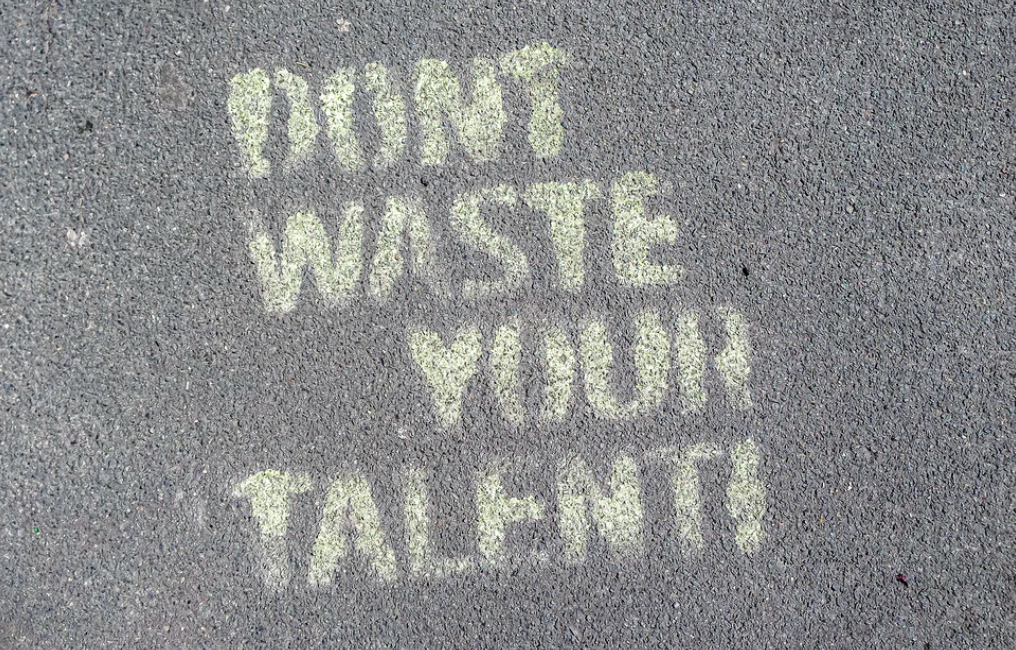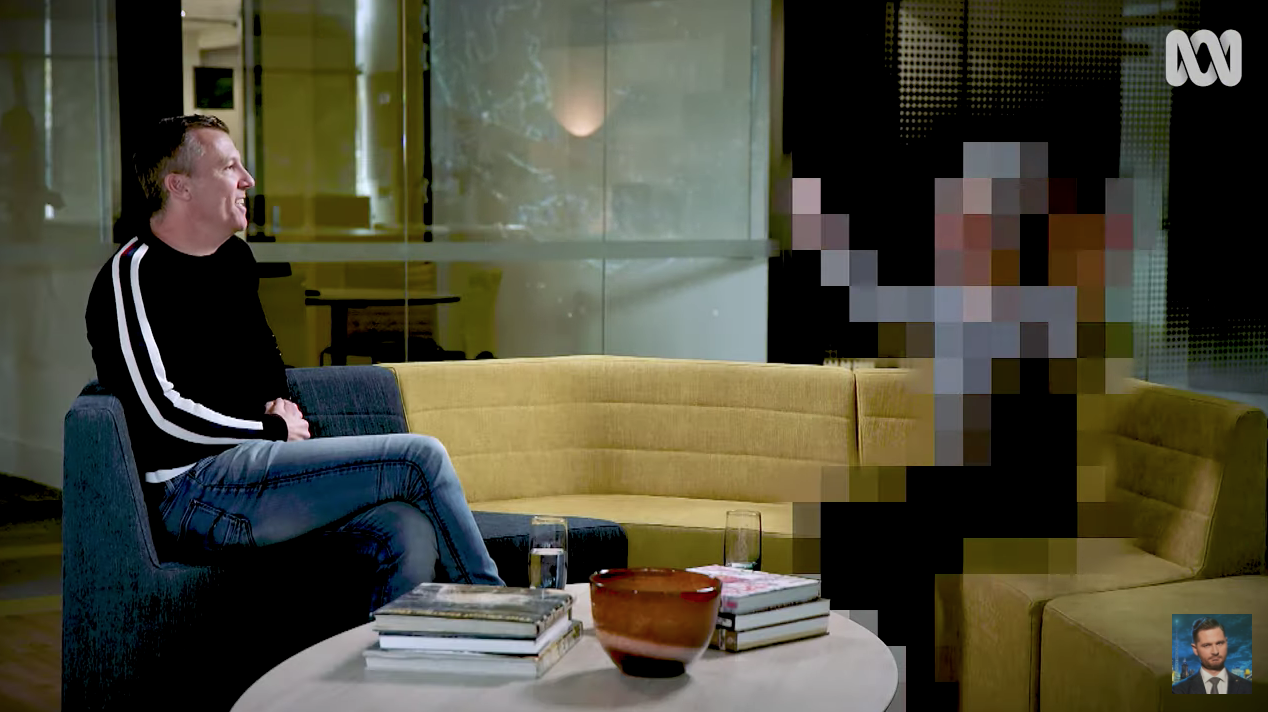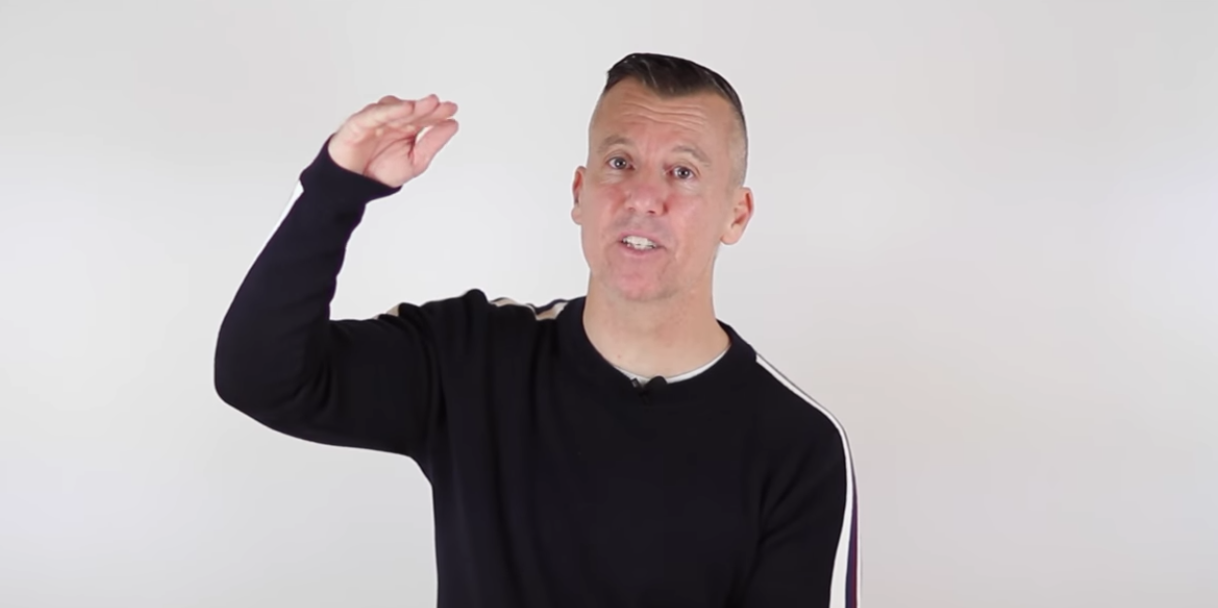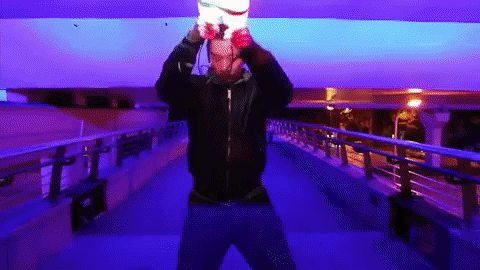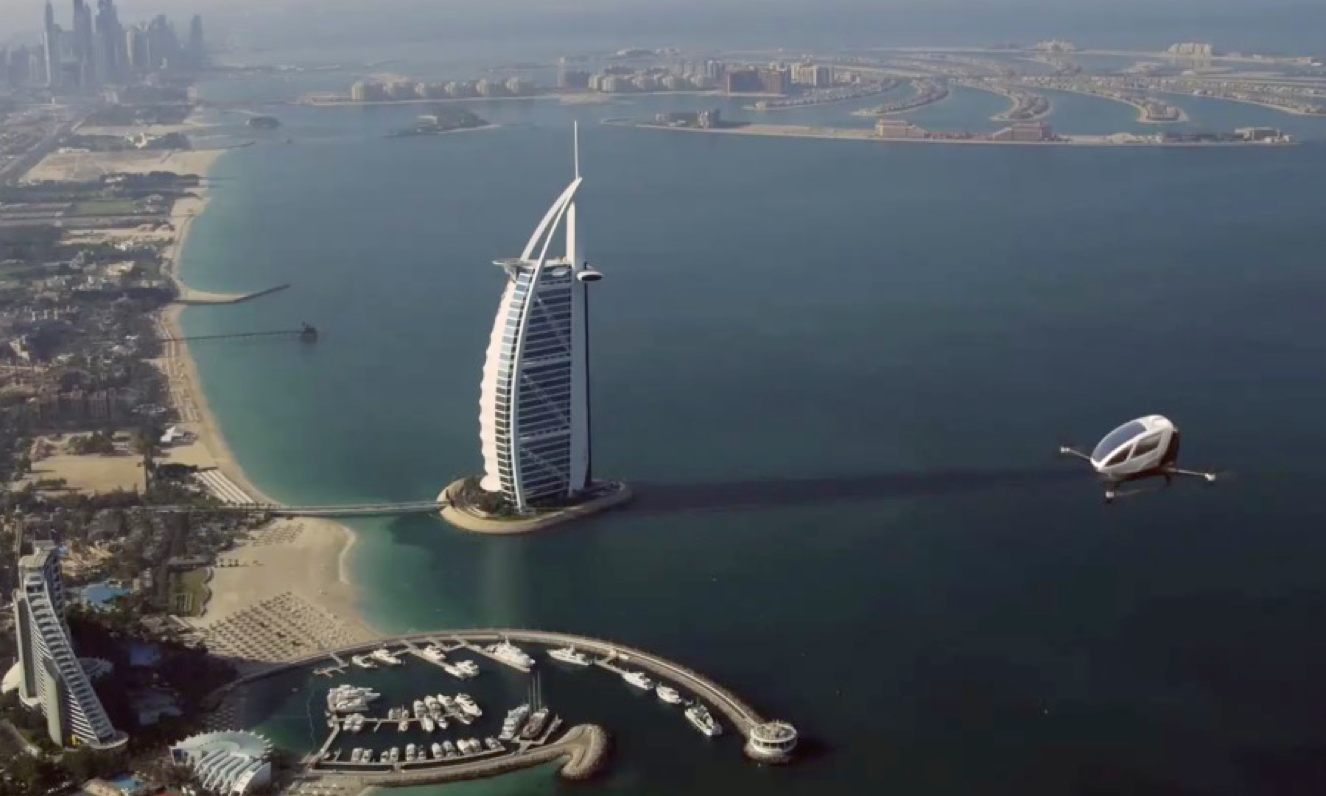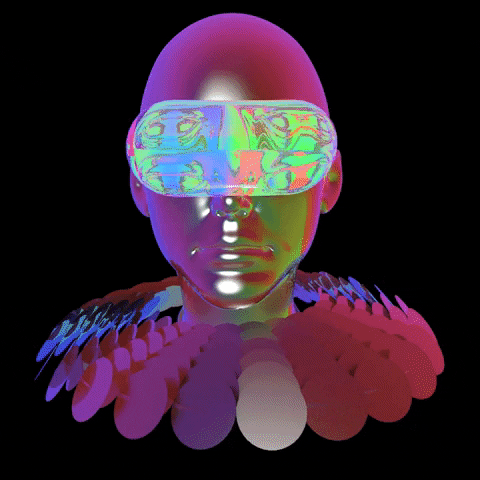
The crisis for the cinema industry didn’t start when COVID did – it’s been a slow burn problem for a very long time. The current crisis just accelerated the inevitable. The future of cinema sharply changed course recently with announcements of AMC and Universal’s deal that effectively shortens the cinema release window to 17 days and Disney moving its latest tentpole release to their streaming service, but there is much more that needs to be done to keep cinemas and the movie business future proof.
– – –
Pre-Read Bonus: I was on The Project last night discussing the Future of Entertainment here. A fun 6 minute piece where we covered the wide gamut of how we’ll be entertained in the future.
– – –
Distribution is everything: It’s more important than the product. There is nothing more common than market-leading businesses who don’t have the best product, yet are still more widely distributed. I’d much rather invest in an average product with incredible distribution. Just think of how many poorly distributed movies that didn’t become hits until they were discovered in the after-cinema market. Or how many market-leading products that are nothing more than average. This is the power of getting things out there. Holding back distribution of content in certain markets to keep channel partners happy is a losing strategy. Technology doesn’t care who your trade partners are.
Piracy is nature’s way: It isn’t just pirates who steal other people’s goods and digital content. Nature does it too. Water evaporates, fruit and veggies go bad, warehouses and retail stores face ullage, and things leak. Piracy just ‘is’. Fighting to stop it never works. It’s better to move the goods so quickly to their final destination that the pirates don’t have enough time to make a big impact. The laws of nature tell us much about piracy and lost revenue. If we don’t distribute the output, it goes bad. The longer we wait to use any resource, the more we lose. Both Netflix and Amazon know this and that is why they’ve chosen not to wait for movie producers to give them their ‘secondhand’ content but instead produce their own.
The internet is a giant fax machine. Whenever we send someone an email, share a photo or watch a video – it’s not the original, but instead a copy. When we send or download or even stream something, we are literally sending a bunch of computer code to the other computers, which then re-build it at the other end. This means that when we release any digital asset on the internet (like a movie), control of the asset has been compromised, forever. It’s not possible to stop it spreading. There will be leaks. The smart strategy is to embrace the leak as the moment where we are setting a resource free to explore the market.
With that in mind, here are my Four Rules on the Future of Content for those who want to survive in a post-COVID world:
1. Make it easy to buy: Why not release a movie in cinemas and the home at the same time? Yes. At the same time. The cinema is not about the movie – it’s about going out. I’d happily pay an über premium to be able to watch the latest blockbuster at home on my television, because it’s too hard to go out with young children. This would also allow viewers to purchase the experience using any form of currency or platform they choose.
2. It works on any device: Let me watch it anywhere – my phone, TV, laptop, tablet, VR rig, wherever. Let me watch it wherever I can log in. Don’t judge my purchase based on device.
3. Same-day global release: Content and movie producers can and should have same-day global releases. The internet does not and has never cared about oceans. Delays to access encourage piracy. Time to wake up on this one.
4. Fair price: When people get a raw deal, they seek an alternative. They even cheat. People know the costs of content distribution are minuscule compared to the pre-digital era. This ought be recognised more than it has been in many digital channels. People will pay a fair price when given the opportunity.
We are on the fast track to having a channel for everything, for everyone, in every format, on demand, all for a very low aggregate price. It’s already here and working well for those who can access it – like Amazon, Disney+ and Netflix. Content producers can no longer stagger releases dates and control geographic availability, because technology will find the leaks. When it comes to technology, the best strategy has always been and always will be to go with the tide. The ships that fight the tide, are always the ones that end up under the water.
– – –
Keep Thinking,
Steve.

